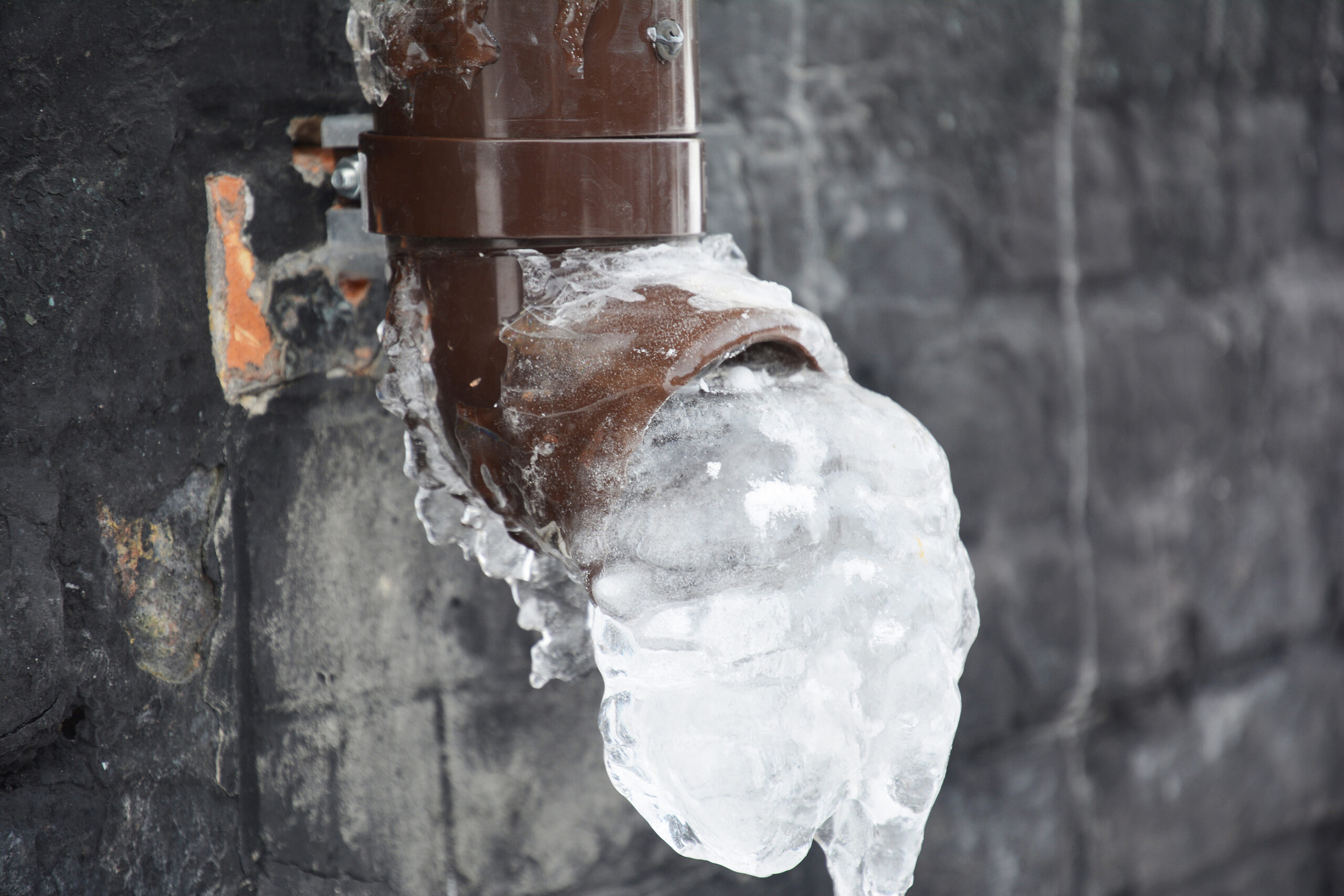Ways to Maintain Pipes from Freezing Damage: Crucial Guidance
Ways to Maintain Pipes from Freezing Damage: Crucial Guidance
Blog Article
Listed here in the next paragraphs you can locate lots of exceptional guidance with regards to How To Avoid Freezing Pipes.

Cold weather can wreak havoc on your pipes, especially by freezing pipes. Below's exactly how to stop it from occurring and what to do if it does.
Intro
As temperatures decrease, the threat of frozen pipelines rises, potentially bring about costly repair services and water damages. Understanding exactly how to avoid icy pipelines is critical for homeowners in chilly environments.
Prevention Tips
Protecting at risk pipelines
Cover pipelines in insulation sleeves or make use of warmth tape to shield them from freezing temperatures. Concentrate on pipes in unheated or exterior areas of the home.
Home heating techniques
Maintain indoor areas effectively warmed, especially locations with plumbing. Open up cabinet doors to allow cozy air to distribute around pipes under sinks.
Exactly how to identify icy pipelines
Search for reduced water flow from faucets, unusual smells or noises from pipelines, and noticeable frost on exposed pipelines.
Long-Term Solutions
Architectural modifications
Think about rerouting pipelines away from exterior wall surfaces or unheated areas. Add additional insulation to attics, cellars, and crawl spaces.
Updating insulation
Buy high-grade insulation for pipes, attic rooms, and walls. Correct insulation helps maintain constant temperatures and reduces the danger of frozen pipes.
Safeguarding Outside Plumbing
Garden hose pipes and outside faucets
Detach and drain garden tubes before winter months. Mount frost-proof faucets or cover exterior taps with shielded caps.
Recognizing Icy Pipelines
What creates pipelines to ice up?
Pipes freeze when revealed to temperatures listed below 32 ° F (0 ° C) for expanded durations. As water inside the pipelines ices up, it increases, taxing the pipe walls and possibly triggering them to burst.
Risks and problems
Frozen pipes can result in water system disturbances, residential property damages, and costly repair work. Burst pipelines can flood homes and create substantial structural damage.
Indications of Frozen Pipes
Recognizing icy pipelines early can prevent them from breaking.
What to Do If Your Pipelines Freeze
Immediate actions to take
If you presume frozen pipelines, maintain faucets open to soothe pressure as the ice melts. Utilize a hairdryer or towels soaked in warm water to thaw pipelines slowly.
Verdict
Preventing frozen pipes calls for proactive measures and quick responses. By recognizing the causes, signs, and preventive measures, homeowners can protect their pipes throughout winter.
5 Ways to Prevent Frozen Pipes
Drain Outdoor Faucets and Disconnect Hoses
First, close the shut-off valve that controls the flow of water in the pipe to your outdoor faucet. Then, head outside to disconnect and drain your hose and open the outdoor faucet to allow the water to completely drain out of the line. Turn off the faucet when done. Finally, head back to the shut-off valve and drain the remaining water inside the pipe into a bucket or container. Additionally, if you have a home irrigation system, you should consider hiring an expert to clear the system of water each year.
Insulate Pipes
One of the best and most cost-effective methods for preventing frozen water pipes is to wrap your pipes with insulation. This is especially important for areas in your home that aren’t exposed to heat, such as an attic. We suggest using foam sleeves, which can typically be found at your local hardware store.
Keep Heat Running at 65
Your pipes are located inside your walls, and the temperature there is much colder than the rest of the house. To prevent your pipes from freezing, The Insurance Information Institute suggests that you keep your home heated to at least 65 degrees, even when traveling. You may want to invest in smart devices that can keep an eye on the temperature in your home while you’re away.
Leave Water Dripping
Moving water — even a small trickle — can prevent ice from forming inside your pipes. When freezing temps are imminent, start a drip of water from all faucets that serve exposed pipes. Leaving a few faucets running will also help relieve pressure inside the pipes and help prevent a rupture if the water inside freezes.
Open Cupboard Doors
Warm your kitchen and bathroom pipes by opening cupboards and vanities. You should also leave your interior doors ajar to help warm air circulate evenly throughout your home.

We had been made aware of that article about 6 Ways to Prevent Frozen Pipes from an acquaintance on our other web page. Sharing is caring. Who knows, you may very well be doing someone a favor. Thank you for going through it.
Browse Our Site Report this page